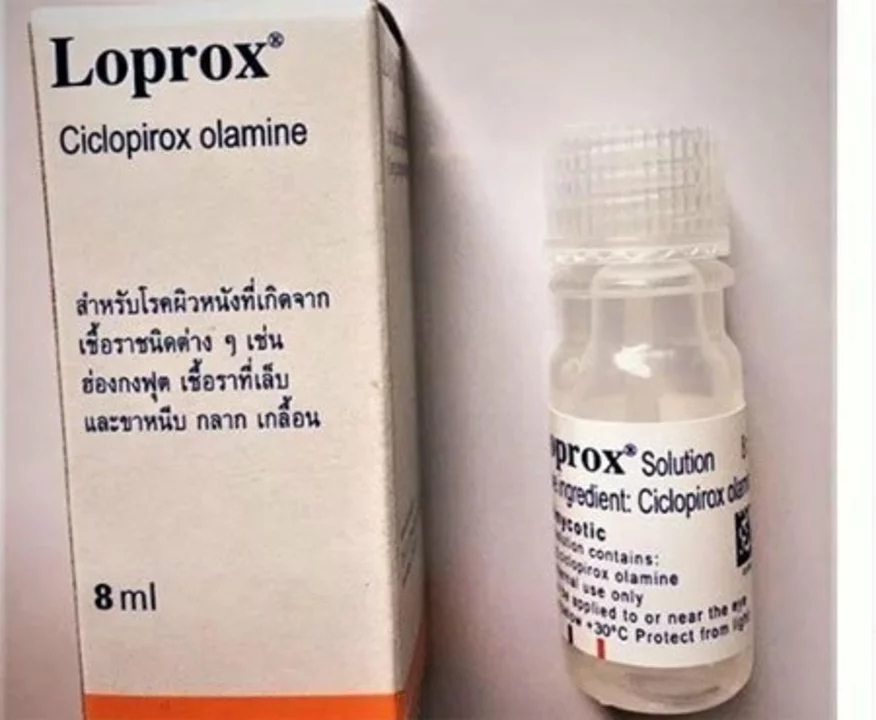Athlete's Foot: What It Is and How to Deal With It
Athlete's foot is a common fungal infection that usually affects the skin between the toes. It can cause itching, redness, and peeling, which makes walking uncomfortable. This infection thrives in warm, damp places like sweaty shoes or locker room floors, making it easy to catch if you're not careful.
So, how do you tell if you have athlete's foot? Watch out for intense itching or burning sensations on your feet, especially between your toes. The skin might crack or peel, and sometimes you can notice a blister or scaly rash. If you spot these signs, it's time to take action because ignoring it can lead to more discomfort or spread.
Simple Yet Effective Treatments
Most athlete's foot cases can be treated at home with over-the-counter antifungal creams, sprays, or powders. Applying these products regularly helps clear up the infection and stops it from coming back. Keep your feet clean and dry, change socks daily, and wear breathable footwear to prevent moisture buildup. Avoid walking barefoot in public places like pools or gyms to cut the risk of catching the fungus again.
Preventing Athlete's Foot for Good
Prevention is key when it comes to athlete's foot. Make sure to dry your feet thoroughly after showering, especially between the toes. Rotate your shoes to allow them to air out and reduce dampness. Using antifungal powders inside your shoes can also help keep the environment unfriendly to fungi. If you share showers or locker rooms, always use flip-flops or sandals to protect your feet from picking up the infection.
In short, athlete's foot might be annoying, but it's manageable with proper care and attention. Acting early, treating properly, and keeping good foot hygiene can help you stay comfortable and fungus-free.

